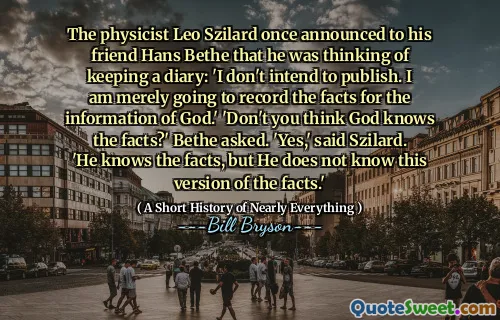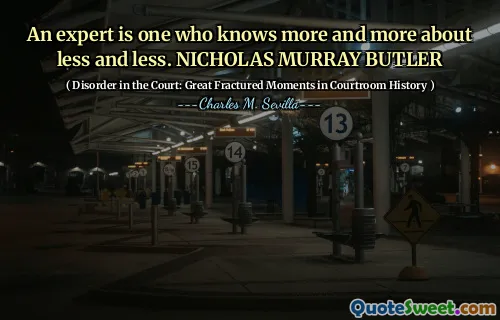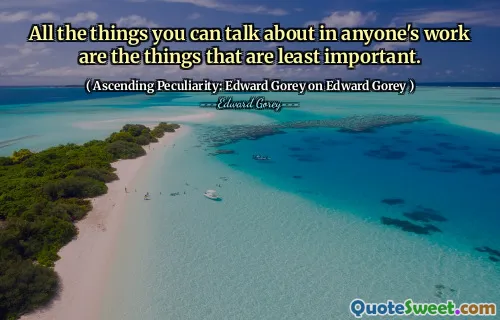radiocarbon dating works only for objects up to forty thousand or so years old. Curiously
In "A Short History of Nearly Everything," Bill Bryson explains the limitations of radiocarbon dating, stating that this method can only accurately date objects that are up to around forty thousand years old. This presents a challenge in studying ancient artifacts, as many significant historical events and remains fall outside this timeframe.
Despite its constraints, radiocarbon dating has been instrumental in archaeological research, allowing scientists to determine the age of organic materials. The discussion highlights the importance of developing alternative dating techniques for older samples, broadening our understanding of history and prehistoric life.






